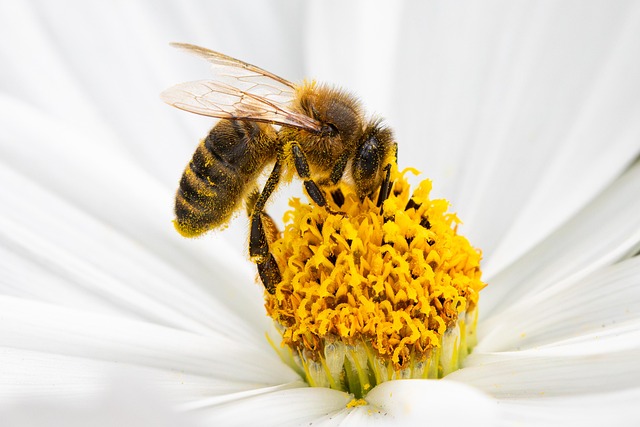As a parent, I often find myself reflecting on the quirks of childhood. I remember a moment from nursing school during a child psychology class, where we spent a brief time discussing the phenomenon of imaginary friends. The instructor painted a vivid picture of children engaging in full conversations and imaginative play with these unseen companions. At the time, I found myself feeling uneasy. Was this normal? Didn’t anyone remember the horror films of the ‘80s? The mention of imaginary friends felt like a setup for a spooky story that could go horribly wrong.
Recently, my lively almost-5-year-old daughter, Mia, casually whispered to me, “I have two friends… in my room.” My heart raced, and I had to suppress the urge to run for the nearest exit. I felt like I needed a priest—preferably an old one, and a young one too.
This moment reminded me of an interview I once saw with Stephen King, where he humorously claimed, “I have the brain of an 8-year-old… in a jar on my desk.” He said it with such a straight face that I couldn’t help but think of my own daughter’s startling revelation.
“Umm, okay. Are they here right now?” I asked, trying to keep my tone light.
“Yes,” she replied innocently.
“Can I see them?”
“No!” she exclaimed, as if it were the most absurd question.
“Why not?”
“They don’t want you to know they are here yet.”
At that moment, my pupils dilated. Was I really hearing this? After a series of probing questions, I learned that her imaginary friends were friendly and didn’t request any sinister tasks, like plotting against me. One was described as a balloon, and the other as a rainbow. I initially misheard her and thought she said “one has a balloon,” which only heightened my anxiety. They only visited her at night when her fan was on.
After a bit of research and some reassurance from psychologists, I discovered that this behavior is quite normal for children her age. According to the American Psychological Association, having imaginary friends is a sign of a creative mind, and I should support her dialogue about them without revealing my own fears.
Fast forward to yesterday morning. I was jolted awake by Mia’s face just inches from mine. “They want to meet you now,” she whispered. My groggy brain struggled to process this.
“Who?!”
“My friends!”
“Right now?”
“Yes.”
As we approached her room, I felt a surge of panic. I paused outside her door and asked, “Are they in there now?”
“They should be,” she replied.
“Are they in a good mood?”
“I think so.”
“You ‘think’ so?” I replied, my anxiety mounting.
“Should I talk to them?”
“I dunno.”
This was getting ridiculous. I’d have to go in without any means of defense against a rogue balloon or rainbow.
“Alright, let’s do this,” I said, steeling myself.
Entering the dark room, I squinted, searching for any sign of her imaginary companions. When I flicked the light on, Mia screamed, “No! The lights have to be off or they won’t come!”
“Of course,” I muttered, already regretting my decision.
“And the door has to be shut.”
Great.
“Now sit on the floor… there,” she ordered.
In that moment, it felt as though I was following strict instructions from a hostage situation. But, being her parent, I complied.
After just a few seconds, she said, “They’re gone.”
“Gone? Did I do something wrong?”
“No, they just had to leave.”
So there I was, stood up by an imaginary balloon and rainbow at 6:15 on a Saturday morning. What has my life turned into?
The silver lining? The APA notes that imaginary friends typically fade away after about three years, only to be replaced by new ones. Just when I thought I was getting used to these two peculiar characters, I’ll have to brace myself for a new crew.
If you want to dive deeper into the topic of imaginary friends, check out this informative piece on the subject: Imaginary Friends: What You Need to Know. For those exploring pregnancy and home insemination options, you might also find this article on IVF processes to be an excellent resource: What the IVF Process is Really Like. And for a unique perspective on fertility assistance, take a look at this at-home insemination kit guide: At-Home Insemination Kit Guide.
In summary, while the idea of imaginary friends can be unsettling, it’s a common and healthy aspect of childhood imagination. Embracing this phase can foster creativity and open communication in your child’s development.
